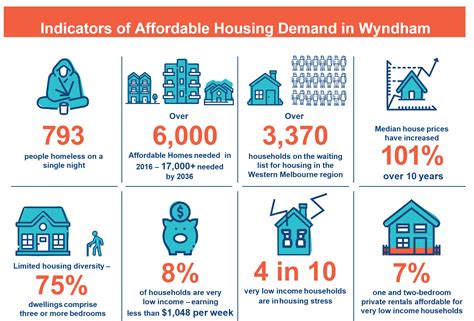In the global conversation around housing affordability, one indisputable truth emerges: the issue is complex, multifaceted, and deeply embedded in our socio-economic structures. A recurring theme in this discussion is the paradoxical relationship between increasing housing affordability and maintaining property values. As many stakeholders voice their opinions, the debate often gravitates towards whether properties can simultaneously become more affordable without reducing their value. This conundrum has led to numerous perspectives and proposed solutions, each with its own merits and pitfalls.
One school of thought, echoed by commentators like dibujante, suggests that increasing housing density on existing lots could be a pathway to affordability. By adding more units to a single plot, the land value might increase due to better utilization, ultimately increasing the overall property value. Theoretically, this expanded supply could bring down the per-unit cost, making housing more affordable. For instance, consider subdividing a single-family lot valued at $900,000 into two units. If each unit ends up costing significantly less due to the shared land value, the average unit cost could decrease by about 30%, providing a practical demonstration of this theory.
However, the complexities don’t end there. Critics like factorymoo challenge this notion by raising a crucial point: if the land value increases and the property value follows suit, how does this align with the goal of making housing more affordable? This dichotomy underscores the need for nuanced understanding and tailored approaches rather than one-size-fits-all solutions. Real-world application of this theory often results in mixed outcomes, especially when different market factors and local regulations come into play.
Another perspective comes from the strategic use of zoning laws and permitting processes. Many argue that overly restrictive zoning laws suppress supply by limiting how land can be used. This is particularly relevant in urban centers where demand for housing far exceeds supply. To address this, some propose relaxing these zoning laws to encourage the development of multifamily units, mixed-use buildings, and other high-density housing options. Simplifying and expediting the permitting process could further stimulate construction, thus increasing the availability of affordable housing.
Yet, even as we consider these structural changes, there’s an undercurrent of skepticism about their efficacy in isolation. Commentators like daft_pink emphasize that increasing the housing supply alone may not be a panacea, especially in an environment characterized by high interest rates and inflation. These economic variables can significantly impact both the affordability and the stability of the housing market. Moreover, the influx of investment banks and private equity firms into the real estate sector has added another layer of complexity. When large corporations buy up residential properties, the limited housing supply is further strained, exacerbating affordability issues.
On the more radical end of the spectrum, some suggest bold policy interventions, such as restricting homeownership to individuals rather than corporations, or implementing steep taxes on rental income and property sales to deter speculative buying. Such measures, while potentially effective in curbing the artificial inflation of housing prices, come with their own set of challenges and opposition. For instance, imposing heavy taxes might reduce the incentive for new construction, thereby stagnating supply rather than increasing it.
The discourse around housing affordability also extends to the socio-cultural implications of urban planning. As some suggest, the creation of new, self-sufficient communities away from existing urban centers could alleviate pressure on crowded cities. However, this approach is not without its critics. Building entire new towns involves substantial initial investment and long-term planning to ensure they become viable places to live and work. The success of such initiatives hinges on accurately predicting and providing for the needs and preferences of future residents, a task fraught with uncertainty.
Despite the diversity of opinions and proposed solutions, a common thread runs through the debate: the need for balanced, multi-faceted strategies. These should ideally combine increasing housing supply with economic measures to stabilize the market and protect homeowners. Programs like government-backed down payments for first-time buyers or equity-sharing models can provide more immediate relief by facilitating homeownership for a broader demographic. However, we must remain cautious about over-reliance on government interventions without addressing the root causes of affordability issues, such as income inequality and speculative investment practices.
Ultimately, solving the housing affordability crisis requires a comprehensive approach that addresses the economic, social, and regulatory dimensions of the issue. It involves difficult trade-offs and a willingness to adopt innovative solutions while considering their long-term sustainability. As the discourse continues, it is imperative to keep the needs of diverse stakeholders in mind, creating a more equitable and accessible housing market for future generations.


Leave a Reply